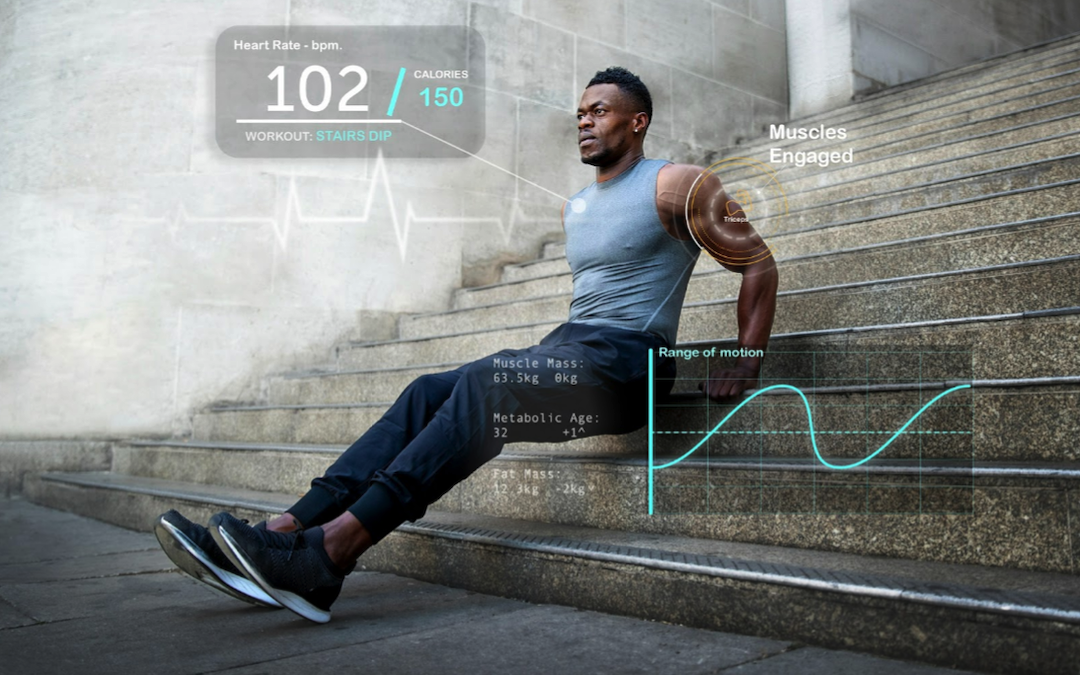
The fitness industry has experienced a major transformation in recent years, with technology becoming a powerful ally in how individuals approach their health and wellness goals. From smart wearables to AI-powered training plans, digital tools have revolutionized how people track progress, stay motivated, and maintain active lifestyles. As the demand for personalized fitness experiences grows, users increasingly turn to digital platforms to stay informed, connected, and engaged with their health journeys.
The Rise of Digital Fitness Solutions
With the growing adoption of smartphones and wearable devices, fitness has become more accessible than ever. People now expect on-demand access to workout routines, nutrition guidance, and real-time progress tracking—all from the convenience of their devices. These tools cater to all fitness levels, offering personalized approaches that align with individual goals, preferences, and lifestyles.
Essential Features Enhancing the Fitness Experience
A well-designed fitness app offers users an engaging and intuitive experience while supporting them in reaching their fitness goals. To ensure success, it’s important to include key features such as:
1. Personalized Workout Plans
Everyone has unique fitness goals and physical conditions. Digital platforms now offer tailored workout routines based on user preferences, experience levels, and health status. AI-driven systems can adjust plans in real-time, providing smarter training and better results.
2. Activity and Progress Tracking
People want to monitor their steps, calories burned, workout intensity, and sleep patterns. Integrations with wearables like Apple Watch and Fitbit enable real-time data tracking, helping users stay consistent and informed about their progress.
3. Diet and Nutrition Planning
Fitness isn't just about physical activity—nutrition is equally important. Today’s platforms help users track calories, plan meals, and manage macro-nutrient intake, supporting a more balanced and goal-oriented approach to wellness.
4. Live and On-Demand Workout Sessions
Virtual fitness has taken center stage. Many people enjoy instructor-led workouts they can follow live or on-demand. These guided sessions replicate the gym or studio experience and help maintain motivation and structure.
5. Social Features and Community Support
Social connections and accountability can drive fitness success. Communities, challenges, leaderboards, and sharing progress online help foster a sense of belonging and encouragement among users.
6. Gamification for Motivation
Gamified features like achievement badges, streak rewards, and fitness challenges make working out fun and goal-oriented. These elements increase engagement and motivate users to keep pushing forward.
7. AI-Powered Virtual Coaches
AI-based virtual trainers are becoming more common, offering feedback, progress suggestions, and customized plans based on performance. They deliver real-time guidance and adjust routines like a personal coach would.
8. Wearable and IoT Integration
Wearables and smart fitness devices are essential tools for real-time health monitoring. From heart rate sensors to smart scales and sleep trackers, IoT technology brings deeper insights into fitness and well-being.
Emerging Trends in Digital Fitness
Technology continues to adapt, introducing new possibilities in fitness app development. Some of the most interesting developments shaping the future of fitness apps consist of the following:
1. AI and Machine Learning Integration
These technologies enable predictive and adaptive workout recommendations tailored to user behavior and progress.
2. Augmented Reality (AR) Workouts
AR brings immersive training to life, overlaying workout elements onto real-world environments for interactive experiences.
3. Blockchain for Data Security
As more health data is collected, blockchain offers a secure method of storing and managing personal fitness information.
4. Subscription and Freemium Models
Many fitness platforms now offer free basic features with premium options for advanced training, classes, and support.
5. Integration with Telehealth and Wellness Services
Fitness platforms increasingly connect users with health professionals, nutritionists, and personal trainers, creating a more holistic approach to wellness.
Conclusion
The future of fitness is driven by innovation and personalization. With advanced technologies like AI, wearable integration, and immersive training experiences, individuals are more empowered than ever to take control of their health. As user expectations grow, the focus will continue to shift toward smarter, more connected, and more engaging ways to support fitness and well-being.
Share this post
Leave a comment
All comments are moderated. Spammy and bot submitted comments are deleted. Please submit the comments that are helpful to others, and we'll approve your comments. A comment that includes outbound link will only be approved if the content is relevant to the topic, and has some value to our readers.

Comments (0)
No comment